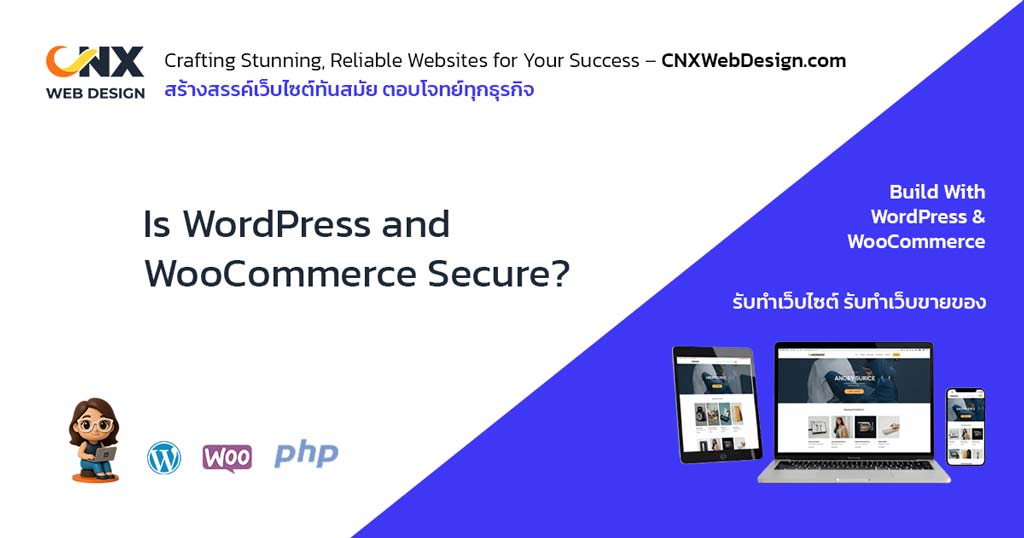WordPress Multisite is a special feature of WordPress that allows you to run many websites under one roof; one dashboard, one hosting, one main installation.
Think of it like an apartment building:
- The building (the main WordPress installation) has shared systems — like electricity, water, and security.
- Each apartment (your individual websites) has its own space, design, and content.
This means you can create and manage multiple websites without installing WordPress over and over again.
For example, a company with different branches, a school with multiple departments, or a business owner running several brand websites — all can manage them easily from one place.
Key Takeaways
- WordPress Multisite lets you manage multiple websites from a single dashboard — ideal for companies, schools, franchises, or brands with several sites.
- It saves time and cost by allowing shared updates, themes, and plugins across all sites.
- Every site still has its own content and design but shares the same core system and hosting.
- It’s best for businesses that want consistent branding and centralized control.
- It’s not suitable if each website needs unique plugins, designs, or separate hosting environments.
- Multisite requires good hosting, regular backups, and careful security — because all sites depend on one system.
- Once set up, it can be a smart long-term solution for growing businesses with many sites to manage.
When You Should Use WordPress Multisite
Multisite is very useful when you manage several websites that are similar in structure or belong to the same business group.
Here are a few common situations where it makes sense:
1. You Have Multiple Brands or Locations
If your business has several branches (like “Chiang Mai,” “Bangkok,” and “Phuket”), you can create a site for each branch but manage them all from one dashboard.
2. You Manage Multiple Projects or Franchises
If you’re running a franchise or network of partners — for example, local dealers or agencies — each can have their own site with your main brand design and settings.
3. You Want to Simplify Management
You only update themes, plugins, or WordPress once. Everything applies across all your sites — saving time and maintenance costs.
4. You Plan to Grow
If you know you’ll be launching new sites in the future (for products, campaigns, or markets), Multisite lets you do that quickly without starting from scratch.
When Multisite Might Not Be the Best Fit
WordPress Multisite is powerful — but not perfect for every situation.
Before you choose it, it’s important to know its limits.
1. Each Site Shares the Same System
If one site crashes or gets hacked, it can affect the whole network since all sites share the same system.
You’ll need good hosting and strong security setup.
2. Not Every Plugin or Feature Will Work
Some WordPress plugins are not designed for Multisite. For example, advanced WooCommerce or booking plugins may not function correctly on all subsites.
3. Less Freedom for Individual Sites
Because all sites share the same core setup, individual site admins can’t freely install or delete plugins and themes unless the main admin allows it.
4. Harder to Separate Later
If someday you want to move one sub-site out of the network into its own standalone website, it’s possible — but requires technical work.
5. Hosting Requirements Are Higher
A Multisite setup needs stronger hosting. Basic shared hosting may not handle multiple active websites well.
Should You Use WordPress Multisite?
Here’s a quick summary to help you decide:
| Use Multisite When… | Avoid Multisite When… |
|---|---|
| You manage several websites under one brand or company | Each website is totally different (design, purpose, or audience) |
| You want to save time updating plugins and content | You need full flexibility for each website |
| You expect to launch new sites often | Your hosting is small or limited |
| You want consistent design and structure across all sites | You need heavy customization for every site |
Pros & Cons of WordPress Multisite
✅ Pros
- One Dashboard for All Sites: Manage updates, plugins, and themes from a single place.
- Consistent Branding: Keep the same look and feel across multiple sites.
- Faster Setup: Quickly create new sites without reinstalling WordPress.
- Lower Maintenance Costs: One update applies to all sites in the network.
- Centralized Control: Perfect for managing franchises, branches, or multi-brand networks.
❌ Cons
- Shared Risks: If one site has issues (like a plugin error or security breach), others can be affected.
- Limited Freedom for Each Site: Subsites can’t freely install plugins or themes.
- Not All Plugins Work: Some WordPress or WooCommerce plugins aren’t Multisite-compatible.
- Complex Migration: Moving one subsite out of the network later can be tricky.
- Requires Strong Hosting: Needs more server power than a single site setup.
Final Thoughts
WordPress Multisite is like a “control center” for businesses with multiple websites.
It simplifies updates, saves time, and keeps your online brand consistent.
But it’s not for everyone. If your sites are very different or need unique plugins, separate installations may be easier to manage.
If you’re unsure, talk with a professional WordPress developer (like me!) — we can assess your website setup, hosting, and goals to see whether Multisite will truly benefit your business in the long run.


